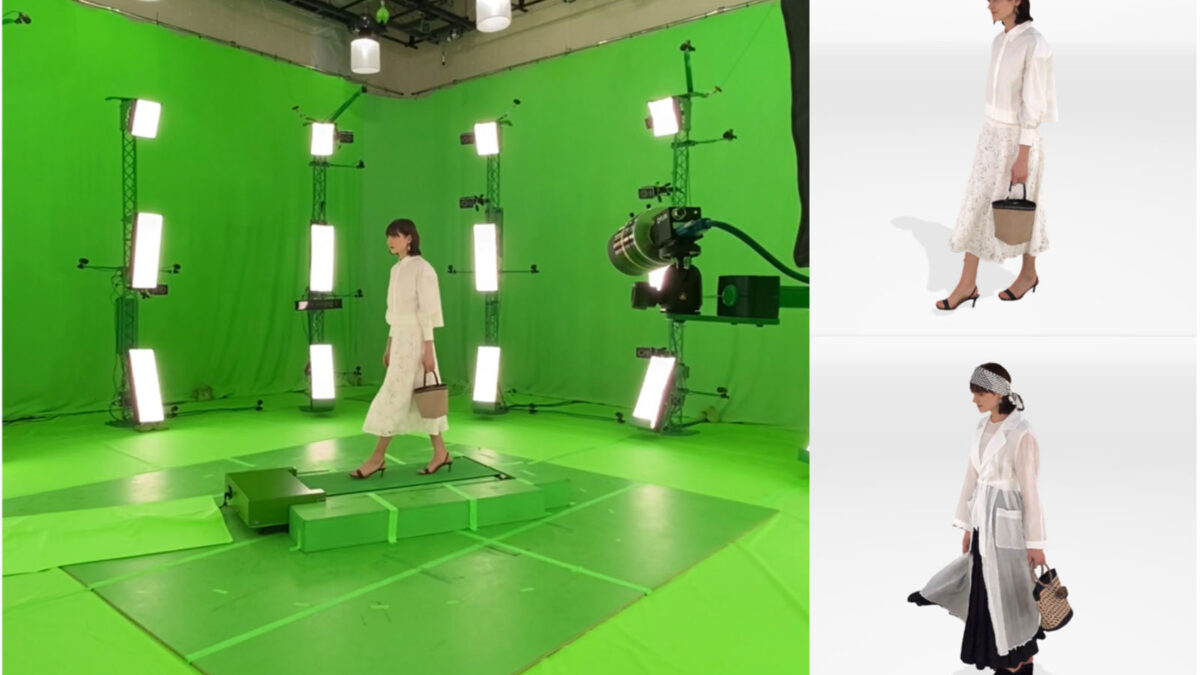Volumetric video, also known as 3D video, is a type of video that captures and displays three-dimensional spaces and objects in real-time. It allows viewers to experience a sense of presence in the video and interact with the virtual environment in a more immersive way.
There are various techniques that can be used to create volumetric videos, but they all involve capturing multiple viewpoints or perspectives of an object or scene from different angles. These viewpoints are then combined to create a 3D model of the scene or object, which can be rendered in real-time to create the volumetric video.
One of the main challenges in creating volumetric videos is the need for a large number of cameras to capture the multiple viewpoints. Traditional video production typically uses a single camera, whereas volumetric video requires multiple cameras arranged in a specific pattern to capture the scene from different angles. This can be a costly and time-consuming process, as it requires setting up and calibrating the cameras, as well as post-processing the footage to create the 3D model.
There are a few different approaches to capturing volumetric video, each with its own set of benefits and limitations. One approach is to use structured light, which involves projecting a pattern of light onto the scene and using multiple cameras to capture the deformation of the pattern. This technique allows for high-resolution 3D reconstructions but is limited by the size of the scene and the distance between the cameras.
Another approach is to use time-of-flight (ToF) cameras, which measure the time it takes for a pulse of light to travel from the camera to the object and back. By measuring the time of flight for multiple pulses, it is possible to create a 3D map of the scene. ToF cameras are relatively inexpensive and can capture large scenes, but the resolution is typically lower than with structured light systems.
Yet another approach is to use depth sensors, which use infrared lasers to measure the distance to objects in the scene. Depth sensors are able to capture high-resolution 3D reconstructions but are limited in the size of the scene that they can capture and can be sensitive to ambient light.
Volumetric capture has a wide range of applications, including virtual reality (VR), augmented reality (AR), and telepresence. In VR, volumetric video allows users to feel as if they are physically present in the virtual environment and interact with it in a more immersive way. In AR, volumetric video can be used to overlay virtual objects onto the real world, enhancing the user’s experience of the environment. In telepresence, volumetric video can be used to allow people to remotely participate in meetings or events as if they were physically present.
There are a few key challenges that need to be addressed in order to fully realize the potential of volumetric video. One challenge is the high cost and complexity of capturing volumetric video, which limits its use to a small number of high-budget projects. Another challenge is the limited resolution of current volumetric video systems, which can make it difficult to capture fine details and textures. Finally, there is a need for more robust and user-friendly software tools to enable users to easily create and edit volumetric video content.
Despite these challenges, volumetric video has the potential to revolutionize the way we experience and interact with video content. It has the potential to create new opportunities for storytelling, education, and entertainment, and to enhance the way we communicate and collaborate with others. As the technology continues to improve and become more widely available, we can expect to see an increasing number of applications for volumetric video in a variety of fields.


